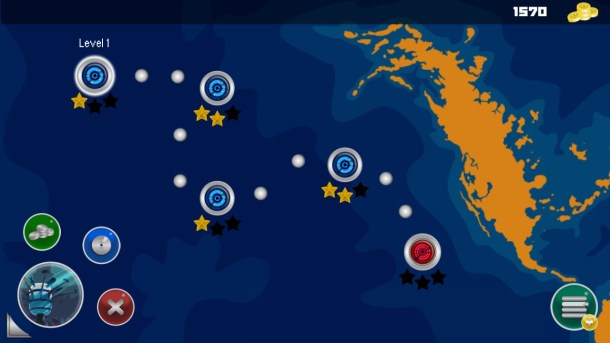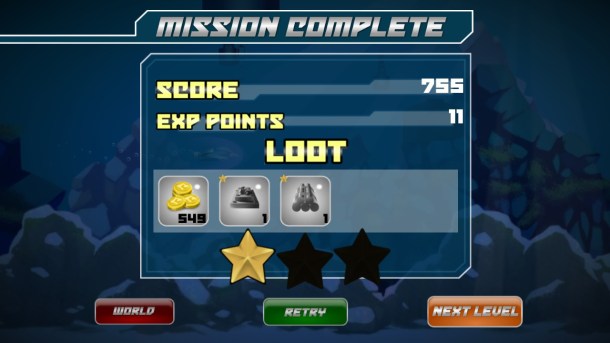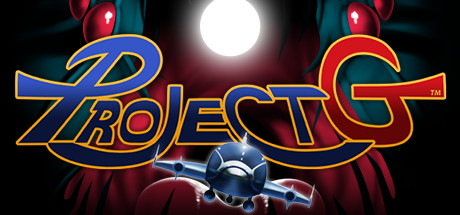 |
|
|---|---|
| Title | Project G |
| Developer | Nebula Interactive |
| Publisher | Nebula Interactive |
| Release Date | May 13th, 2016 |
| Genre | Shmup |
| Platform | PC |
| Age Rating | N/A |
| Official Website | |
I have a longstanding appreciation for classic video games, most especially Shmups. There’s just something primal and satisfying about utilizing pattern memorization and lightning reflexes to make your way through an onslaught of enemies. That being said, it’s definitely a genre that’s been around forever, and it shows its age with regard to recurring themes and simplistic features. Which is my long winded way of saying, it’s very hard to find a truly breathtaking and exciting Shmup these days, despite the vast array of choices. The Shmup in question today is Project G, developed and published by Nebula Interactive. It is set in a post apocalyptic future where humanity’s hubris has ravaged the planet, and we have been forced to make robotic helpers to undo the damage. Things go wrong when something causes the robots to malfunction and turn on humanity, and it’s up to you to pilot a submarine and fight these aquatic robots in the depths. The question then, is this – was Project G the next great Shmup, or was it a failed Darius clone?

The first thing you’ll notice about Project G are the large and colorful enemies. Though the vast majority are fish-bots, you will also face enormous electric eels, urchin crabs and even Cthulu-esque octobots. While the enemy designs were fine, they were also quite simplistic, and reminded me aesthetically of the PixelJunk series. Each enemy is comprised of one or two large layers that move in simplistic fashions. You’ll never find any truly complicated designs, which is definitely a bummer, but what there is looks fine. Well, with one exception – I was not that impressed by the background designs. There are 5 worlds in Project G, and each one is comprised of 5 stages. Each world has the exact same background for each of those stages. So visually it’s a little boring, especially because each background looks static and lifeless. If they had mixed things up by throwing in a bit more variety, I wouldn’t have minded, but as it is, the visual presentation is a bit of a mixed bag.
Where the game truly shines is on the musical side of things. Let me just say that each track in Project G is perfectly suited to the genre, with pumping techno tunes that keep you eager to blast some fish. There are a handful of different tracks, but my favorites were the World 2 and World 5 tracks. Unfortunately, as great as the music is, not every aspect of the audio was great. In the sound effects department, things start to resemble the art direction. Namely, the sound effects are a bit uninspired. You only really hear sounds for when you shoot, when you get a temporary upgrade or for one or two of the various enemies. That’s it. There are barely any audio cues for when an enemy is about to attack you, which I saw as a huge oversight, since timing and reflexes often depend on cues given to the player by the game. It’s fine to go off of visual cues, but I find my favorite Shmups make use of both to great success. Now that we’ve gotten the art and music out of the way, let’s dive into how the game itself actually plays.

One way that Project G differentiates itself from other games of the genre is by incorporating an upgrade system. Every time you beat a level, you are rewarded with random parts, experience and cash. Though you start with only one incredibly weak ship, you can soon use the cash to buy many others. The upgrade system itself, however, is a bit awkward. Every time you beat a level, the ship you are piloting will gain exp and level up. Here’s the catch – to upgrade any aspect of your ship, from the Firepower to the Shield to the Speed, you will need to be at the requisite level AND have the proper parts. But since the parts you receive are totally random, you may need to play levels over and over again to get the requisite items. Yes, Project G is a Shmup that has RPG style grinding. Honestly, I felt it was a bit harsh to gate upgrades this way, and would have preferred either a branching choice system every time I leveled up, or only needing parts to upgrade. Requiring both is incredibly tedious, not least of all since you never know what you’re going to end up with. At least buying new ships is simple enough, since that only requires cash. Which was a godsend, since the first ship, the Alpha, was abysmally pathetic, and made surviving even the early stages a hassle. Until I made several upgrades I couldn’t even beat the first boss of the game, but luckily upgrades and better ships with stronger base stats helped out enormously.

Speaking of bosses, I found that they were very hit or miss in terms of difficulty. While it’s true that the 1st boss was quite difficult, I breezed past the 2nd, 3rd and 4th bosses, only to have serious issues with the final boss. Mostly because the final boss would generate industructible tentacles from the floor and ceiling and thrash them until I died. What’s worse, the boss could also generate tentacles on either side of my ship, hemming me in and then destroying me. I’m not adverse to challenge, but I like it to be fair and balanced. Project G unfortunately did not always exercise those features.
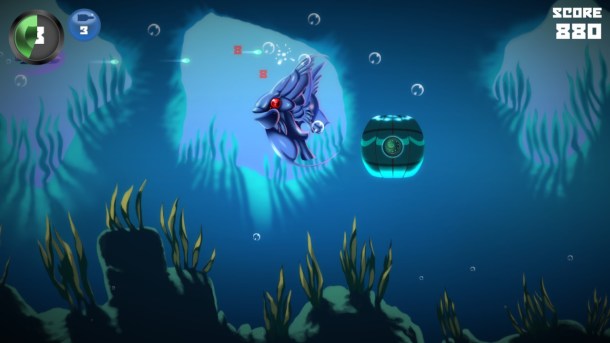
Some other gameplay features I need to mention are the shield meter and powerups. One of the nicer things about Project G is that your shield will regenerate given enough time. However, when you have taken too much damage, your ship will slow down tremendously and any stray shot will kill you. If you’re lucky, you might find a shield regeneration powerup that will completely refill your meter, however, powerups are very tricky. I’ve been trained by many Shmup games to expect specific enemies to always provide powerup capsules when destroyed. Not so in Project G.
Powerup distribution is entirely random, so you never know which enemy will drop them. Worse yet, with the exceptions of the Shield and Secondary Weapon capsules, Powerups are very fleeting. For example, you can get a Powerup that will increase your firing speed. Problem is, it only lasts for about 20 seconds, and oftentimes right after I picked it up, I wouldn’t be attacked by enemy waves and it would run out. There is also the Spreadshot, which is great, but has limited ammo. So once you’ve used it X amount of times, you’ll be back to your incredibly basic starting shot. Adding to my frustration was the fact that every ship in the game has the exact same shot. I would have expected some variety, like a ship with a flamethrower or lasers, but every ship’s primary weapon is exactly the same, and the only Powerups that change this are incredibly temporary. While it’s true each ship does have a bomb weapon, many of those are less than useful, and since they have limited uses as well, it made things a bit of a hassle.

Now that I’ve discussed all the basic components of gameplay, I need to rant a little bit about several problems Project G has. They aren’t quite game breaking, but they do prevent it from living up to its potential, so I feel obligated to mention them. First off, I discussed the unfair first and final boss earlier. This unfair AI isn’t just limited to bosses. You can face two identical enemies who behave completely differently, such as one rushing by and another hounding you through the stage. Perhaps the most frustrating are enemies that charge right up to you, cornering you against the far side of the screen, or groups of enemies completely blocking your path. I’m used to enemy models always exhibiting the same patterns, so I was constantly thrown by the variations. When you throw in environmental hazards like steam jets or floating nukes in your path, these varying enemy patterns are made all the more hazardous.
Another complaint is against the way worlds unlock. I was making good progress, when I suddenly beat the 3rd boss and no 4th world unlocked. That was because I didn’t realize you have to acquire 10 stars in each world to unlock the next, a fact that was never explained as I played. More frustrating, unlocking stars seems relatively arbitrary. I’ve beaten stages completely, wiping away every enemy, and only been rewarded with 2 stars. I’ve also gotten very low scores, yet somehow unlocked 3. This is a very bad system, which is why I am glad the devs are taking it upon themselves to excise this clumsy method from the game.
Next I have to talk about the glitches in the game, and there are many. First off, every time your ship fires a bullet, it is pushed incrementally backwards. That’s frustrating, but especially so when you get stuck in the left side of the screen, unable to move forward. Another fun glitch I found was pressing the button to fire a bullet and getting no response, or better yet, me pausing the game yet, it still moving in the background. These are all serious issues that frankly should have been ironed out before the game launched. As it is, hopefully the devs are aware of them and working to fix things.
In the end result, Project G isn’t the next big Shmup, but neither is it a failed Darius clone. It’s a quaint little game that tries some interesting new things while also having some serious design flaws that need to be addressed. I didn’t hate my 4 hours spent playing Project G, but I also wasn’t enamored of its many problems. It is an okay game that could have been great with a bit more QA and a lot more polish. As it is now, I find it hard to recommend Project G that heartily when it’s priced at $9.99. If Nebula Interactive finds the time to fix the many issues with the game, then I would recommend giving it a chance. Until then, perhaps Shmup fans will enjoy buying it on a Steam sale.
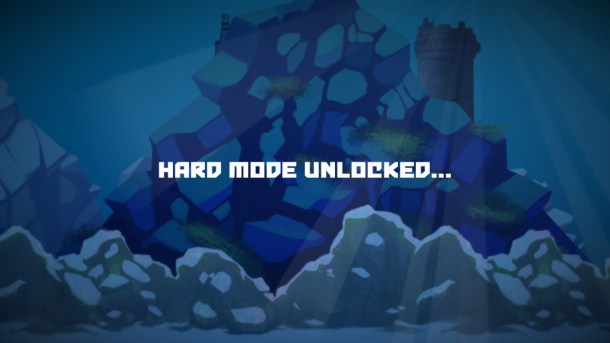
| Review Score | |
|---|---|
| Overall | |
Review Copy Provided by Developer


